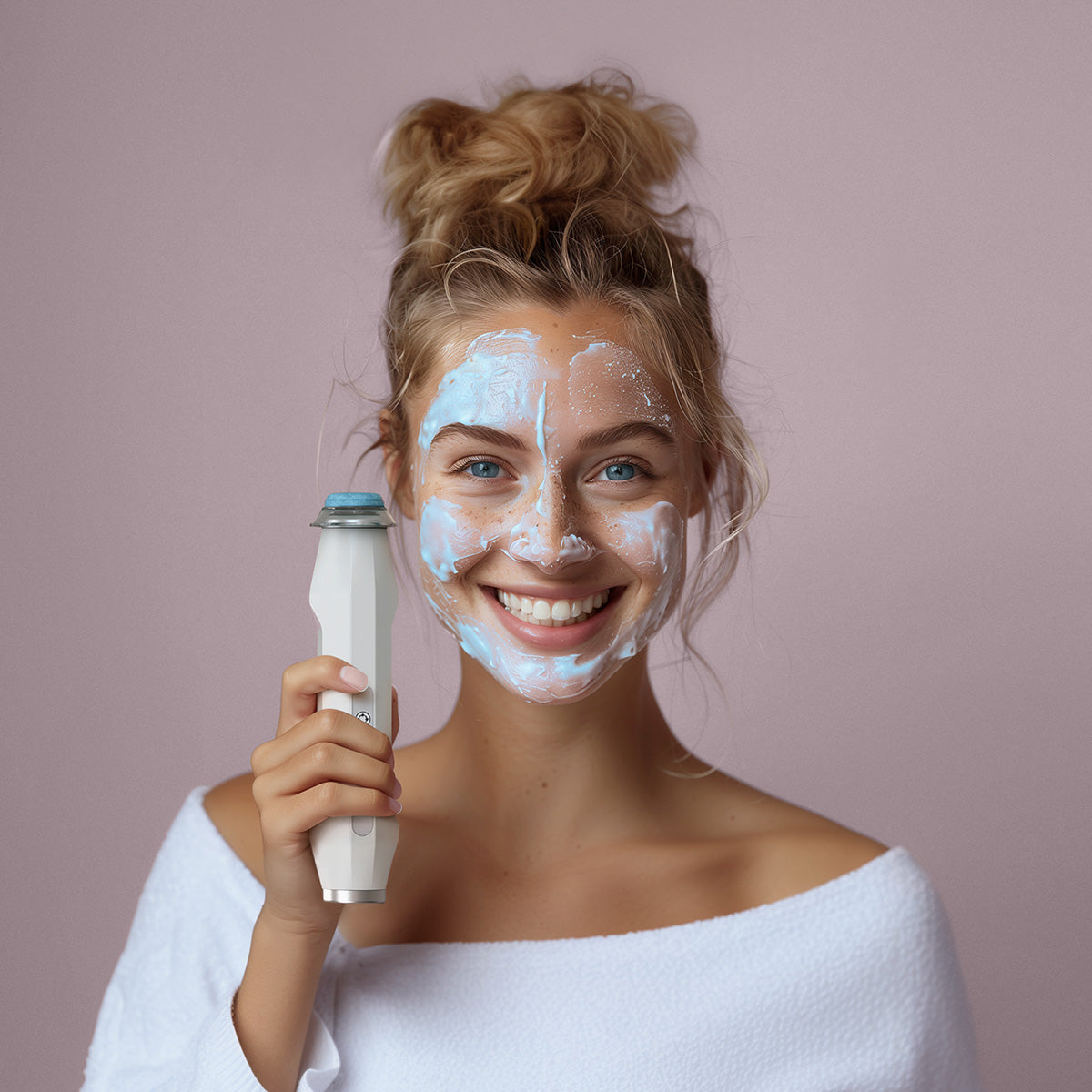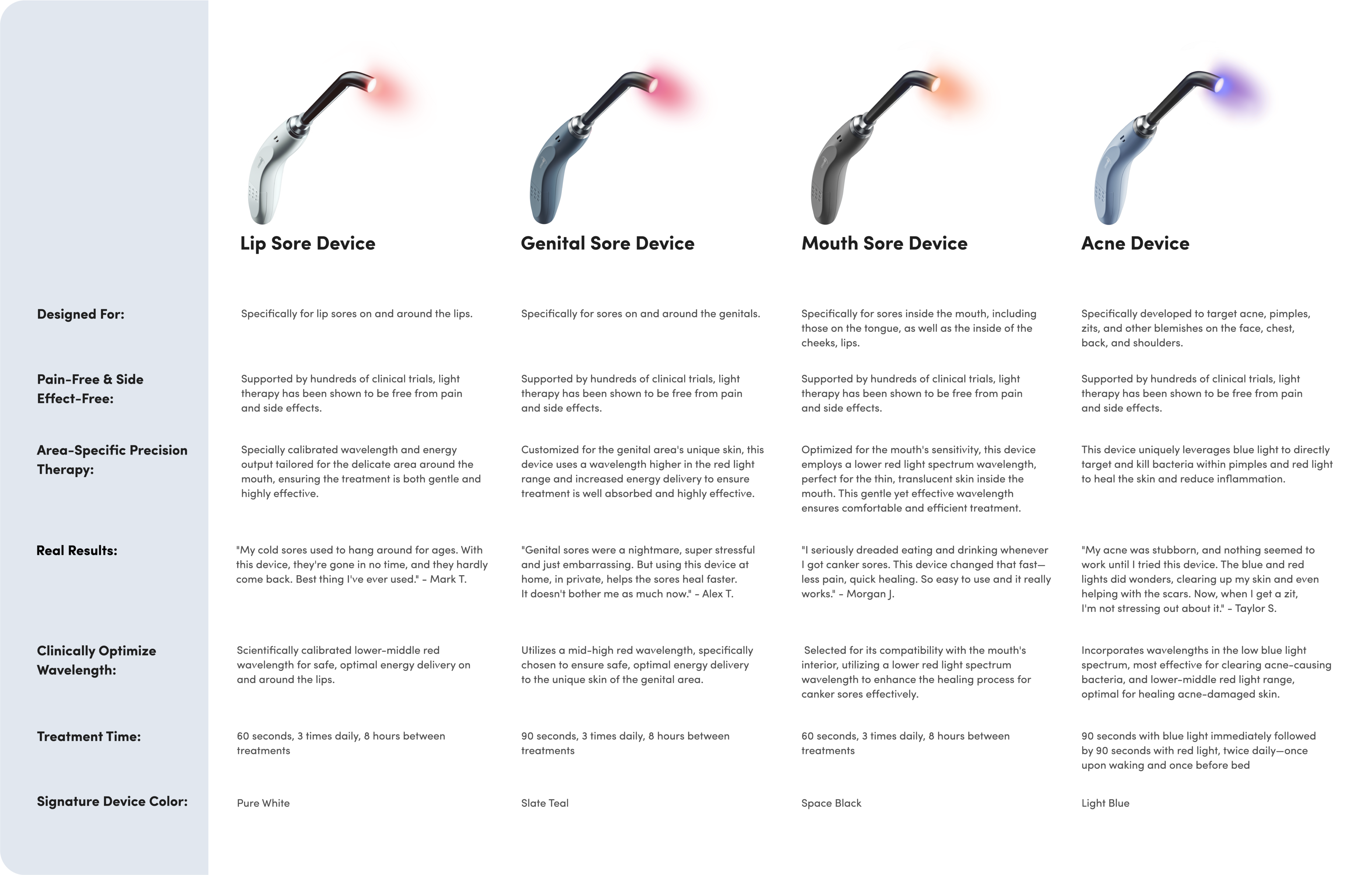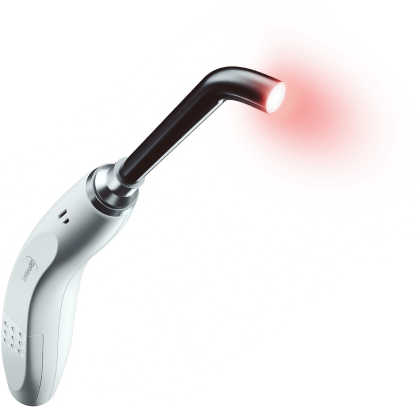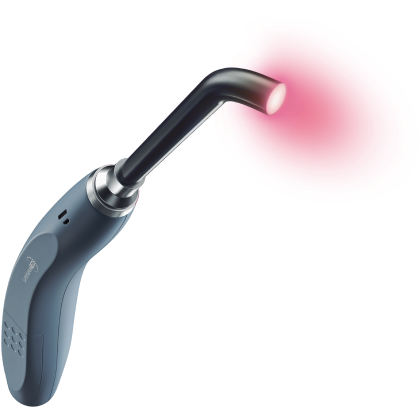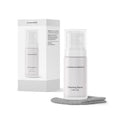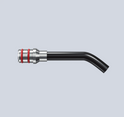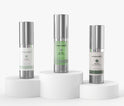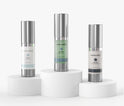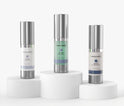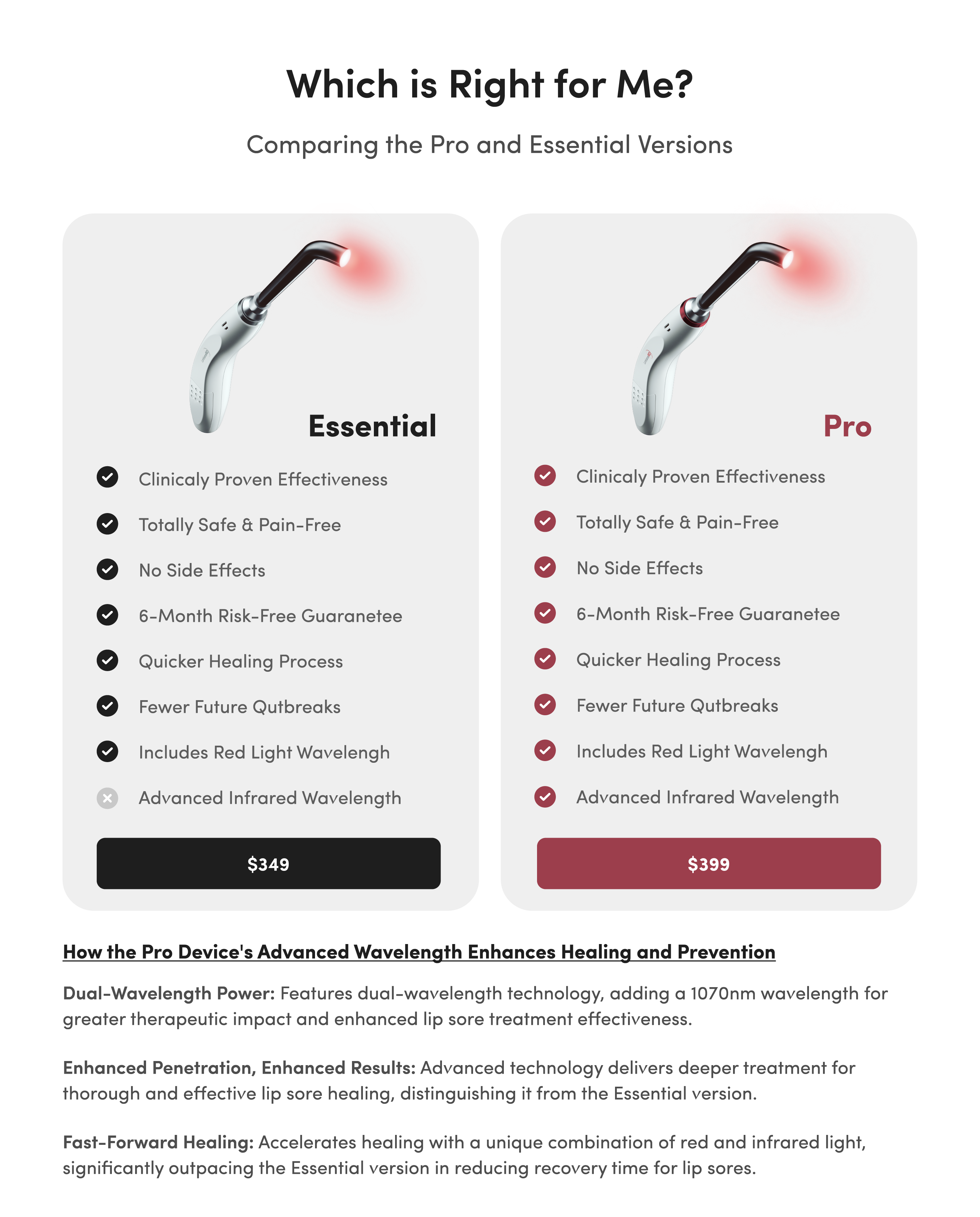8 Alternatives for a Blister That's Not a Cold Sore

You cringe when you look in the mirror and see a blister forming on your lip. But is that unsightly blister a cold sore? Maybe not.
Many different issues cause blister-like lesions around the mouth, but there are some key differences between them. The following eight conditions are the most common misdiagnosis for cold sores.
1. Angular Cheilitis
Angular cheilitis is an inflammatory condition that causes swollen, red patches to develop around the corners of the mouth or on the outside of the lips. This cracked, dry skin becomes vulnerable to infection. Depending on the stage of angular cheilitis, it may last only a few days or become a constant problem.
Angular Cheilitis vs Cold Sore: The Similarities
Cold sores, also known as oral herpes, cause symptoms similar to angular cheilitis. Both conditions can cause redness, rawness and inflammation around the corners of the mouth. This explains why the two are often mistaken for one another.
Angular Cheilitis vs Cold Sore: The Differences
Once you know what to look for, angular cheilitis and cold sores do develop into distinct skin conditions.
Oral herpes causes fluid-filled blisters to develop, not just at the corners of the mouth, but anywhere around the mouth. These blisters go through five stages from emergence to healing:
- An itching, burning feeling develops underneath the skin to indicate a cold sore is forming
- Fluid-filled cold sore blisters develop on or around the mouth
- The blisters burst or "weep" and release their fluids
- The cold sores dry up into yellow and brown crust
- Cold sore scabs heal and the skin around the mouth looks healthy
Also angular cheilitis always affects the corners of the mouth whereas cold sores can appear anywhere on the lips and around.. It doesn't cause fluid-filled blisters at all, only cracked, dry and irritated skin that becomes vulnerable to infection.
If you're experiencing angular cheilitis, know that it's not contagious or infectious.
2. Ingrown Hair
Ingrown hairs aren't dangerous, but they can cause discomfort while they last. Ingrown hairs develop when a strand of hair grows underneath the skin instead of growing up through the skin.
In some parts of the body, ingrown hairs can be mistaken for a cold sore. Ingrown hairs are typically smaller than a cold sore. They often look like small pimples surrounded by redness.
Ingrown hairs can develop on the face or neck from shaving or waxing in these sensitive areas. Like cold sores, they could develop around the mouth, but only in places where hair grows. People with more hair have a higher risk of ingrown hairs.
Cold sores are usually much larger than ingrown hairs and cause more discomfort. An ingrown hair may cause some pain or itching as a strand of hair attempts to grow where it's not welcome, or it may not cause any sensation at all.
3. Canker Sores
Canker sores, or aphthous ulcers, are shallow white lesions with inflamed pink borders that occur inside the lips and mouth.
Minor canker sores are the most common, accounting for about 80% of canker sore cases. These are small sores that cause some discomfort but no scarring. In most cases, minor canker sores heal within a week.
Major canker sores are less common with more severe symptoms. These sores can last more than two weeks and grow to over 1 centimeter in diameter. Patients usually experience extreme pain and discomfort during major canker sore outbreaks.
Though they're often confused with cold sores, canker sores are not caused by the herpes virus. Canker sores develop inside the mouth, whereas cold sores emerge on the outside of the mouth and lips. Additionally, canker sores don't fill with liquid, burst or scab over like cold sores do.
Despite this, canker sores are still painful and inconvenient, so use of topical numbing agents like Orajel and high-powered light therapy like the Luminance Red can help!

4. Pimples
Like cold sores, pimples are lesions on the skin filled with pus. However, the similarities between these two bothersome conditions end here.
Pimples are caused by clogged pores or hair follicles blocked by oil and dead skin cells. The skin becomes red before pimples erupt through the skin. Unlike cold sores, pimples do not resemble blisters. They are small red bumps on the skin that may have whiteheads or pus inside of them.
While cold sores predictably occur on or around the lips and mouth, pimples are more likely to emerge around the forehead, cheeks and chin.
5. Cracked Lips
Cold sores and chapped lips develop differently. If you know what to look for, it's relatively easy to tell the difference between these two conditions.
Cold sores develop as single, fluid-filled blisters that burst, dry into crust, scab over and heal. They rarely impact the entire surface of the top and bottom lips.
Chapped lips develop after exposure to intense sunlight, cold and dry weather, or many hours or days of licking your lips repeatedly. The most common symptoms include dryness, flaking, scaliness and cracks on the entire surface of the top and bottom lips. Unlike cold sores, chapped lips don't "weep" clear fluid unless they're severely infected.
While they're uncomfortable, chapped lips don't typically last long or cause other health concerns like cold sores can.
6. Sunburn
Some evidence suggests that excessive exposure to the sun can cause cold sores, but sunburn is a distinctly different problem from this.
Sunburned skin doesn't blister into a tingling lesion, but cold sores do. Sunburn is also more common during hot summer months and develops in direct correlation to sun exposure.
Mild sunburn on the lips usually lasts three to five days with the following symptoms:
- Swollen lips
- Lips that look redder than usual
- Tender, painful skin
- Blistering on and around the lips
It's important to spot the difference between sunburn blisters and cold sore blisters. Sunburn blisters tend to be small, white, fluid-filled bumps surrounded by red, swollen skin. Cold sores, on the other hand, tingle, burn and itch as they develop into pus-filled ulcers and sores.
7. Gingivostomatitis
Gingivostomatitis is a mouth infection that causes blister-like sores to form on the gums and inside the lips. The infection can also spread to other parts of the body, such as your nose or genitals, but it usually remains in the mouth area.
This condition may result from a viral or bacterial infection, possibly triggered by improper oral hygiene. Symptoms of gingivostomatitis include tender sores on the gums or on the inside of the cheeks, bad breath, fever, bleeding gums, and swollen lymph nodes.
Most gingivostomatitis sores heal within two to three weeks without treatment. An antibiotic can be prescribed to clean the infected area and promote healing if bacteria or a virus is the root cause of gingivostomatitis sores.
8. Folate Deficiency
A folate deficiency can cause unpleasant, blistery sores to form around your mouth.
Folic acid, the supplement form of folate, is a B vitamin that supports the formation of red blood cells. Without sufficient levels of folic acid, your blood can't deliver oxygen to all your tissues and organs. This leads to symptoms like fatigue, weakness and mouth sores.
Location is the easiest way to distinguish between cold sores and folate deficiency ulcers. Cold sores emerge around the outside of the lips and mouth, while folate deficiency ulcers tend to occur around the gums, buccal mucosa and tongue.



